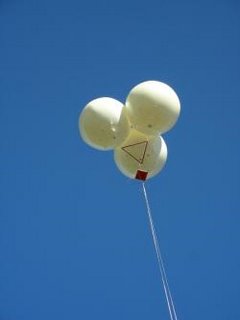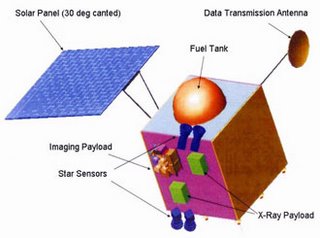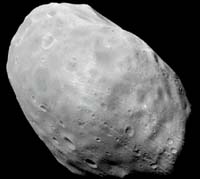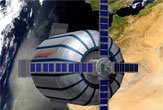
With all of our eagerness to conquer the final frontier, we often over look a minor yet critical job that will be needed while en route to Mars, Jupiter or beyond the Sun's influence--space surgeons.
A team from France will be removing a cyst from a man via robots, the first ever attempted feat while in micro gravity.
(MSNBC) The operation, announced Monday by chief surgeon Dominique Martin and the French space agency, is part of a project backed by the European Space Agency that aims to develop earth-guided surgical space robots. [...]
Albertoni said the cyst removal operation was chosen because it is relatively simple and involves a local anesthetic.
The doctors say their experience Wednesday could help in the development of robots to perform surgeries in space.
Thanks to the Airbus A300 (which can simulate micro gravity by climbing and falling throughout the atmosphere), doctors will be able to perform the operation and take notes for the medical community.
Operating on someone while in space will not be an easy feat, mainly because blood and other liquids would have an easier time floating out of the body, not to mention sharp floating objects (i.e. scalpels). Although the latter can be restrained via magnets, the former may be a bit harder to stop in space.
Using space robots to operate may be a wise decision as there may not be too many doctors interested in working off world.
















![ColonyWorlds[at]Gmail[dot]com](http://img.photobucket.com/albums/v438/hiddennook/ColonyWorlds.png)






